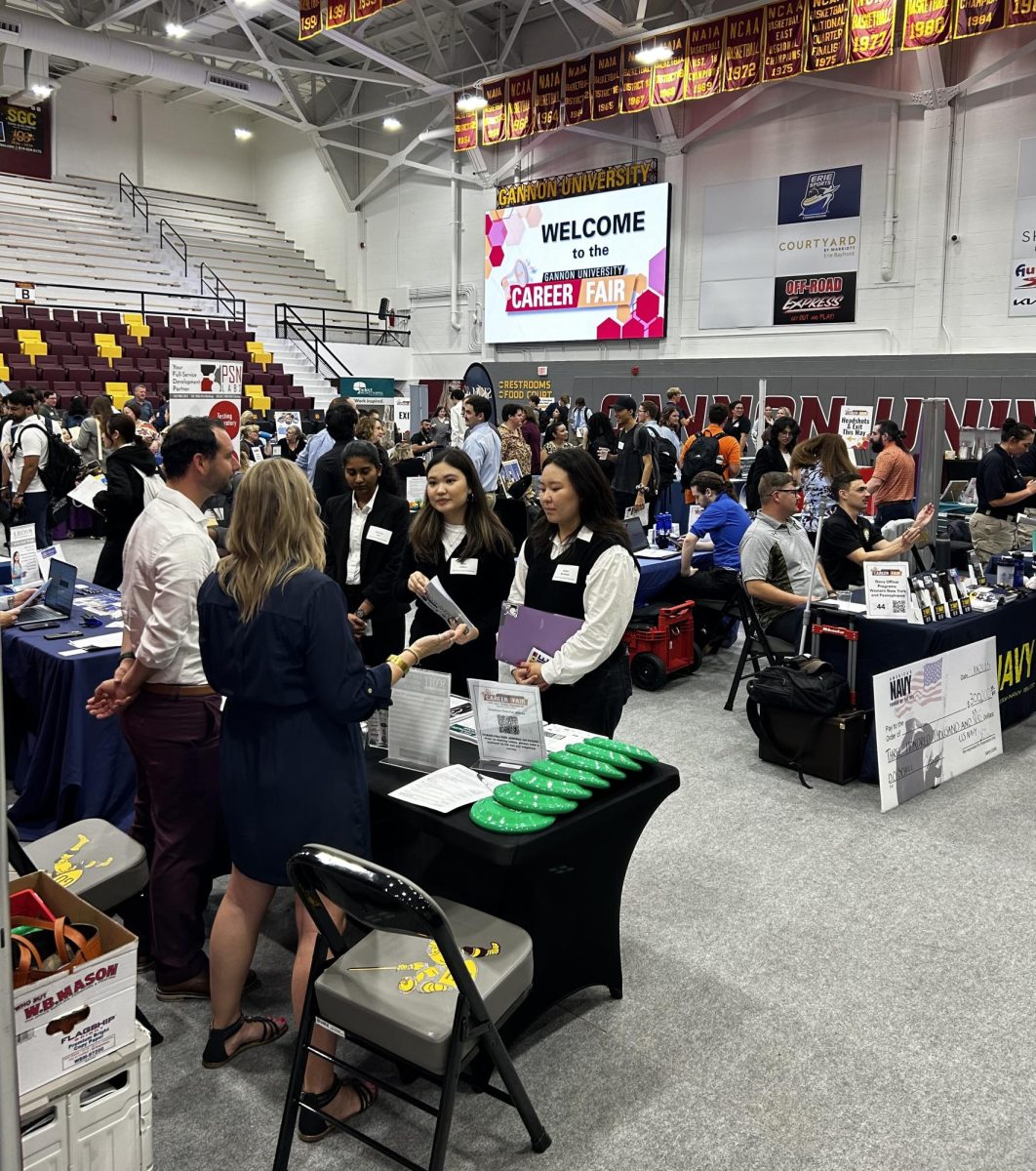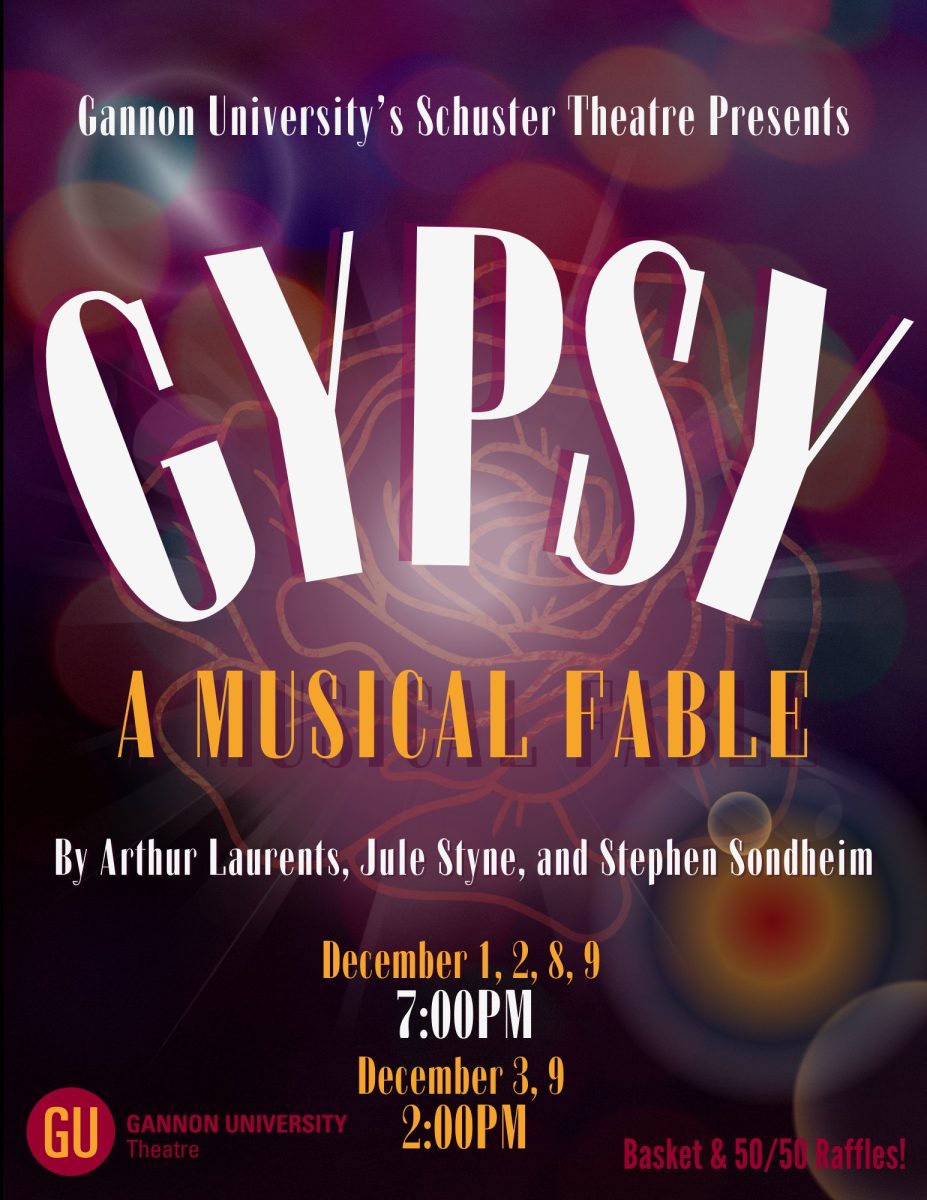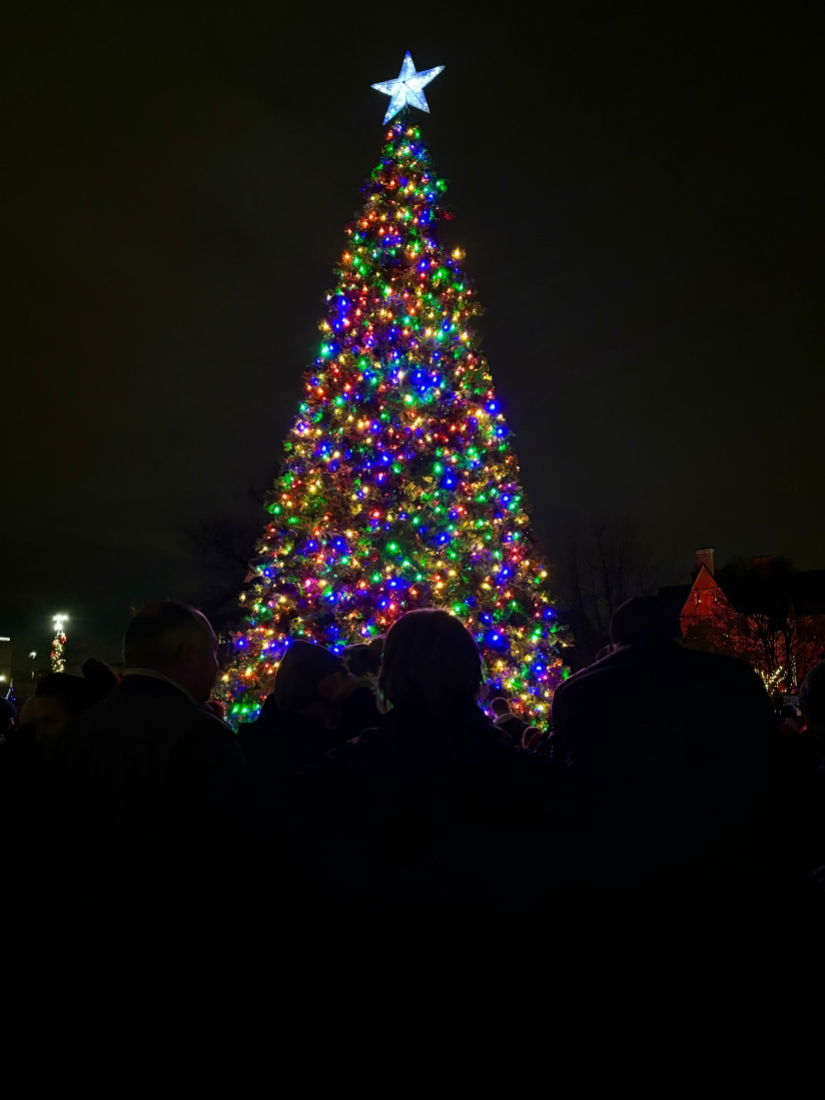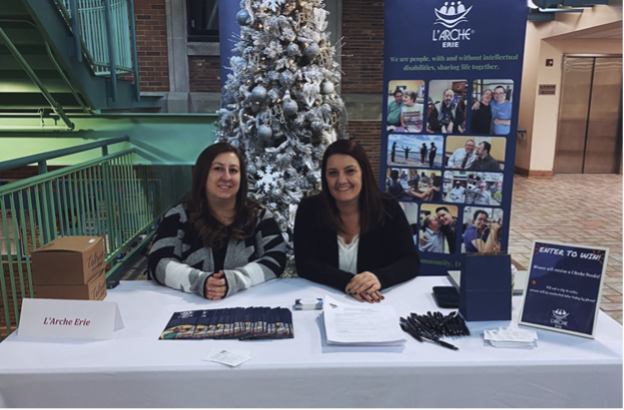A group of eight students in Gannon University’s engineering, math, nursing and pre-medical programs have been given the opportunity to take their studies to new heights through their participation in NASA’s inaugural Undergraduate Student Instrument Program.
Over the last year, the students constructed their project to be submitted to NASA’s Scientific Ballooning Program. Following evaluation of the projects, NASA selected the team to be one of 10 collegiate groups from across the United States to continue their research under the funding of NASA’s Undergraduate Student Instrument Program.
Now, the students are working on constructing a balloon-borne cosmic-ray detector that is used to measure cosmic-ray helium and proton nuclei and the ratio of the two as a function of energy.
Gannon faculty members that are overseeing the program include Nicholas Conklin, Ph.D., assistant professor of physics, Wookwon Lee. Ph.D., associate professor of electrical and computer engineering, and physics instructor Perry Hilburn, M.S.M.E.
The purpose of this program is to develop the science, technology, engineering and mathematics (STEM) fields at the undergraduate level by forming multi-disciplinary teams to plan, build and fly a science payload on suborbital platforms provided by NASA.
Marc Allen, who is the SMD’s deputy associate administrator for research at NASA’s headquarters in Washington, further explains the motivation for the creation of this program.
“The lessons they learn will help them be better prepared for today’s workforce.”
The students are currently working to finish the project and are on track to launch their Cosmic-Ray Calorimeter in the Spring 2015 semester in Tillamook, Ore.
ALEX BOHMAN











